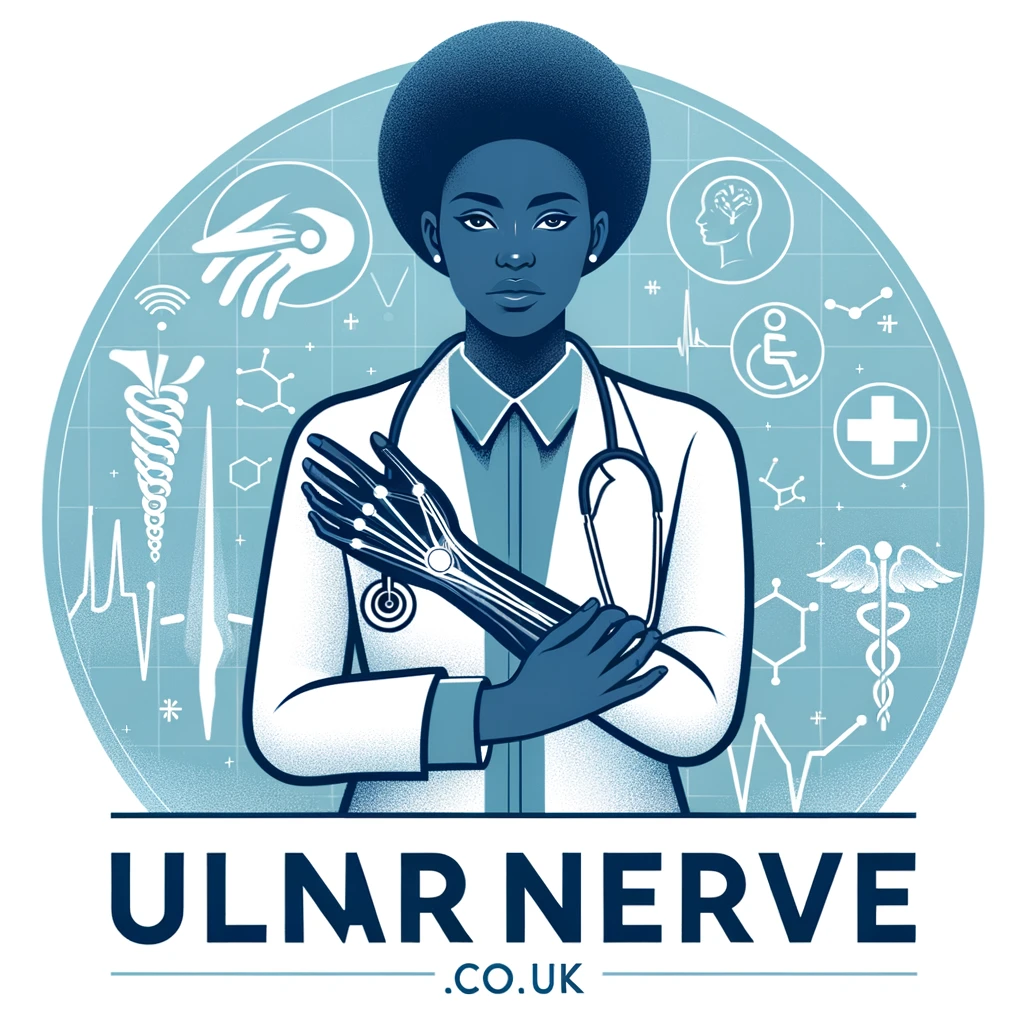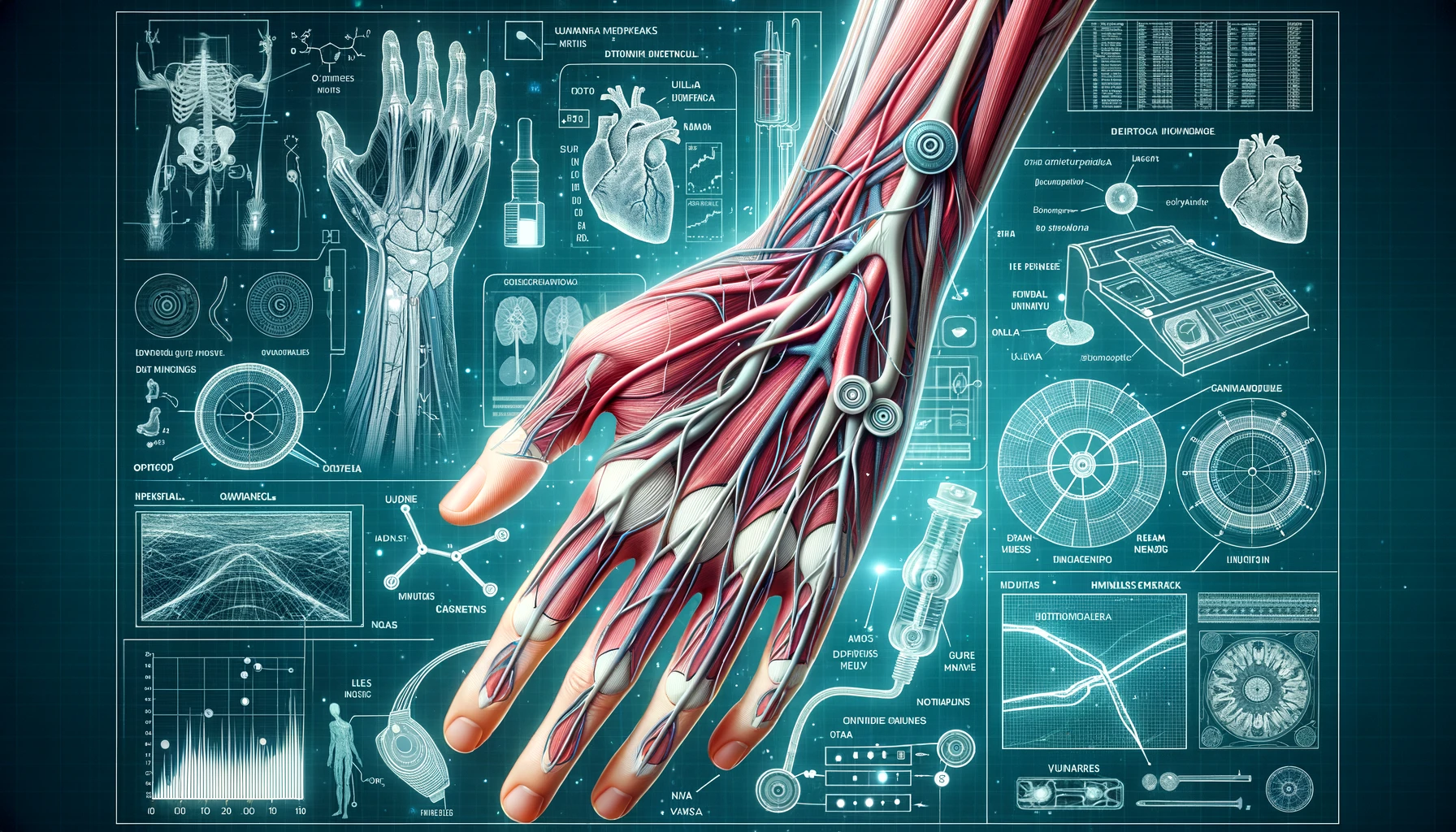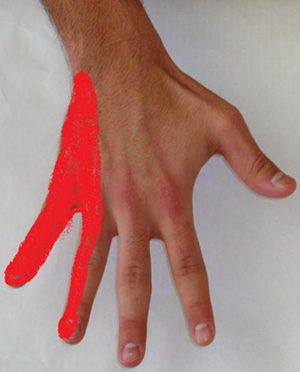The ulnar nerve is a nerve that’s near the ulna bone. Unlike other nerves, this nerve is not protected and therefore prone to injuries and damage. Ulnar nerve can interfere with the hand motion, because it runs from the shoulders to the fingers and also facilitates communication between the hand and brain.
Damage can occur when there is entrapment of the nerve, causing a compression. This can lead to hand dislocation or a even a broken arm. Injuries that occur due to compression of the ulnar nerve can lead to a number of syndromes. They include the following:
Cubital nerve syndrome
This syndrome is caused when the ulnar nerve path is interfering along the cubital tunnel which is on the edge of the elbow. Cubital nerve syndrome has the following symptoms:
– Numbness.
– Tingling and pain in the small and ring finger.
– General muscle weakness of the hand.
If these symptoms are persistent there are a number of ways to be diagnosed. They include X-rays, nerve test or just by observation of the symptoms. Treatment also varies with the seriousness of the damage. In most cases its recommended that you use anti-inflammatory medication or avoid circumstances that can lead to more pain in your elbow. In serious cases surgery must be performed on the patient.
Guyon’s Canal Syndrome
Guyon’s tunnel is a path in the wrist in which the ulnar nerve passes through. The syndrome is caused by compressing the wrist on a hard object e.g a desk. This in turn compresses the ulnar nerve and therefore pain, numbness or a tingling effect is experienced on the wrist.
Other ulnar nerve injury symptoms include:
– Lack of coordination of the fingers.
– Burning sensation.
– Pain.
compressed ulnar nerve exercises
After the compression of the ulnar nerve, exercise is highly recommended. There are different types of exercises depending on the part of the hand. Here are some of the exercise.
1.Spreading of Fingers
This helps prevent numbness and tingling of the fingers and allows finer flexibility of the fingers after ulnar nerve damage.
2.Arm Curls
Arm curls helps your arm to function properly ,as well as ease the symptoms caused by ulnar nerve damage.
3.Arm Turns
Turning the elbow and spreading your fingers enables the ulnar nerve to pass well through the elbow without any compression.
By maintaining proper posture and ensuring that the arm is well protected e.g by wearing a splint while sleeping, will ensure that such damage does not happen. People with certain diseases are prone to ulnar never damage e.g people who suffer from diabetes mellitus. Also people who spend long hours with bent elbows, may suffer from cubital nerve syndrome. The physical exercise mentioned above are recommended in such cases. When the arm or elbow suffers an injury, is fractured or even dislocated, symptoms of cubital nerve syndrome may be experienced and in such a case the patient is taken for surgery if the symptoms are severe and the arm’s functions are at risk. After surgery physical therapy is recommended for the patient, as well as the use of protective gear for the arm.






